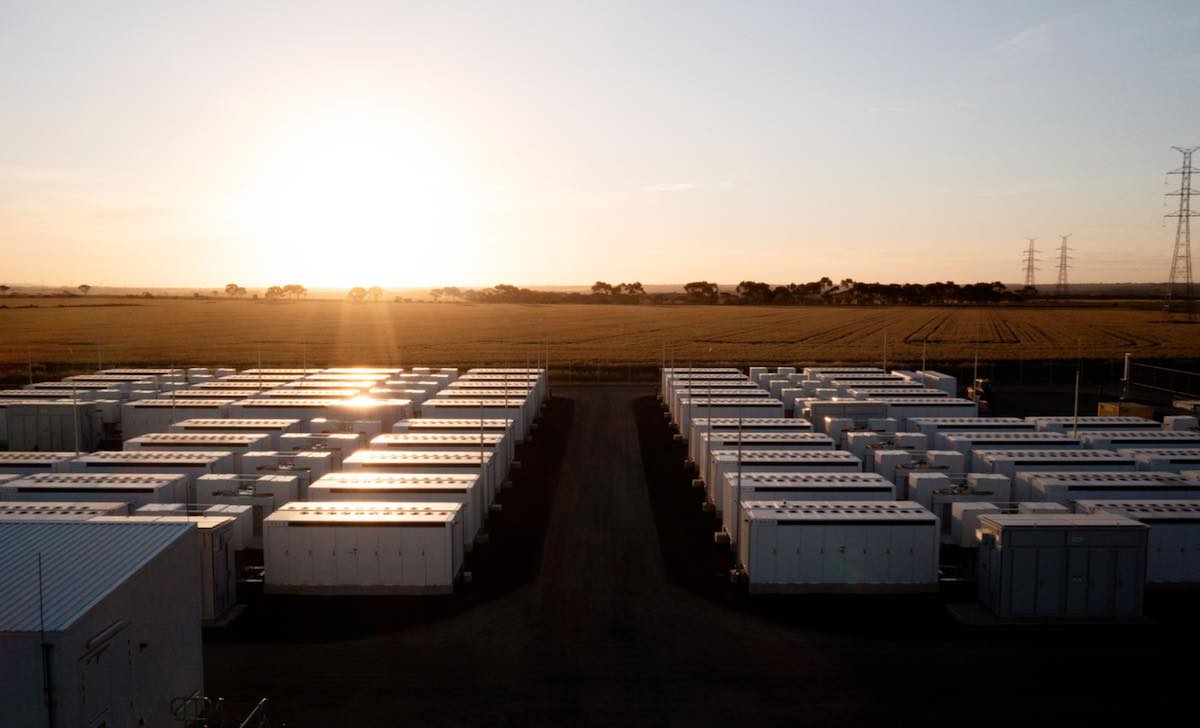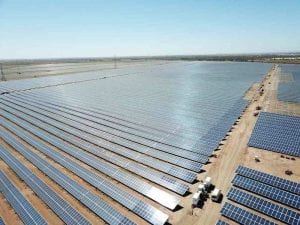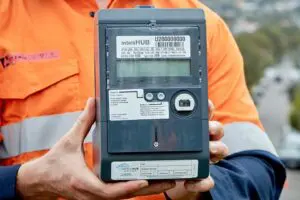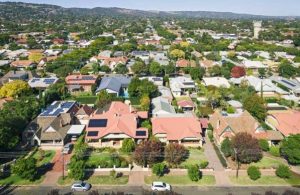The Energy Security Board has re-booted its pursuit of a capacity mechanism in Australia’s main electricity market, despite the urgings of many in the industry to move on and consider other options.
The ESB earlier this year presented a series of new market rules, but was forced to go back to the drawing board after widespread objections – from state ministers and most of the energy industry – to a sort of capacity market that was dubbed “coal-keeper” because it was seen to favour coal fired generators.
Although the idea had strong support from a handful of coal generators, and from federal energy minister Angus Taylor, and despite the ESB’s insistence that it was “technology neutral” and was not designed to favour coal – it has been forced to start again.
A new “Capacity Mechanism Project Initiation Paper” has been authored by the head of the electricity market’s three main institutions, the Australian Energy Regulator, the Australian Energy Market Commission, and the Australian Energy Market Operator, that now make up the ESB.
It comes just a week after the Australian Energy Market Operator released its draft version of the 2022 Integrated System Plan, its blueprint for a future that is remarkable because it now locks in a “Step Change” scenario as the most likely transition path.
That models a share of renewables in the main grid of 79 per cent by 2030, in line with the Labor Opposition’s modelling for its climate policy. Even the Coalition government’s climate policy assumes a 69 per cent share of renewables by 2030 in its modelling.
It also includes modelling that shows a three-fold increase in coal generator exits over the next decade, from 5GW to 14GW, and the closure of all the remaining brown coal generators in Victoria within a decade, and all coal generation by 2043 at the latest.
This rapid transition in the energy market is being driven by the lower and falling costs of technology such as wind, solar and storage, consumer demand, and state-based policy initiatives that have emerged in the absence of any coherent plan from the federal government.
Many in the market question the need for any sort of capacity mechanisms, given the reserve mechanisms that already exist and are operated by AEMO, and state based initiatives such as the NSW infrastructure roadmap, which outlines a plan for new storage and includes an even tighter reserve mechanism.
They say the sector has moved beyond thinking about “instant-capacity”, and is focusing on sophisticate structures such as storage swaps, the cumulative price threshold, and hybrid facilities that deliver firmer power.
But the ESB frets that “jurisdictional schemes are introducing additional uncertainty” while at the same time acknowledging that state ministers have made it clear they can, and will, opt out of any market mechanism that they don’t like.
“To close the gap between investor incentives and the risk appetite of governments, market arrangements that explicitly value capacity are needed,” the ESB writes.
“These will support existing plant where efficient, and otherwise encourage the building of new plant required over the coming decades to deliver the least cost transition.”
It notes that such mechanisms could in fact support existing thermal generators (coal and gas) to “stay if they are needed, up to the end of their useful lives.” Some coal and gas plants have “end of life” dates as late as 2048 in the case of coal, and later in the case of gas.
The paper also insists that such a mechanism must support the business case for new required technologies, such as long-duration storage and demand-side participation, and increase transparency about what capacity is available during anticipated reliability shortfalls.
But it also says it must “integrate current government investment schemes and provide a role for government investment to work alongside the mechanism.”
The ESB is inviting comments from interested parties in response to the project initiation paper by February 10, 2022, and it wants submission to focus “on the high-level options of a mechanism that values capacity, separately from the energy price.”
It also acknowledges the pushback against the need for a capacity mechanism, and that it needs to make the case on why new market arrangements that explicitly value capacity, separately from the energy price, are needed to support investment for a future net zero emissions NEM.
“This will form part of the design process,” it says. It is also inviting input on what a “centralised mechanism” – favoured by some in the market – may look like.
Good, independent journalism takes time and money. But small independent media sites like RenewEconomy have been excluded from the millions of dollars being handed out to big media companies from the social media giants. To enable us to continue to hold governments and big business to account on climate and the renewable energy transition, and to help us highlight the extraordinary developments in technology and projects that are taking place, you can make a voluntary donation here to help ensure we can continue to offer the service free of charge and to as wide an audience as possible. Thank you for your support.










